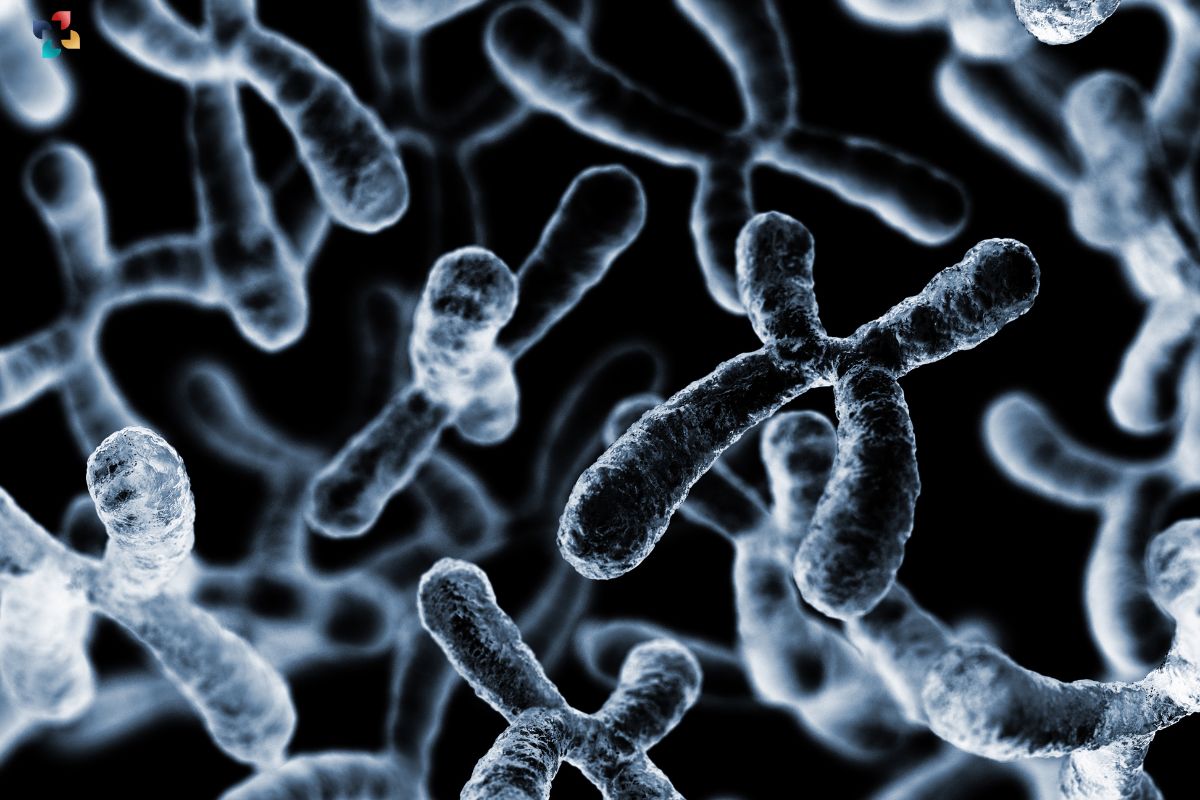Researchers at Rice University have unveiled new insights into how motorized processes drive changes in chromosome structures throughout the cell’s lifecycle. Published in the Proceedings of the National Academy of Sciences, their study focuses on understanding the active influences that shape chromosome organization.
Led by Professor Wolynes, who holds positions in chemistry, biosciences, physics, and astronomy, and co-directs the Center for Theoretical Biological Physics (CTBP), the research introduces two distinct types of motorized chain models: swimming motors and grappling motors. These models play crucial roles in manipulating the chromosome structure.
Swimming motors, akin to RNA polymerases responsible for copying DNA sequences into RNA, contribute to the expansion and contraction of chromatin fibers during gene decoding. On the other hand, grappling motors bring distant segments of chromatin fibers together, facilitating long-range correlations essential for maintaining chromosome integrity and preventing tangling.
Impact of Motor Proteins on Chromosome Structure
Central to this study are motor proteins that utilize chemical energy to influence chromosome architecture. The research explores how these proteins interact with ideal polymer chains. Swimming motors exert forces that can either contract or expand chromatin fibers, depending on the conditions. In contrast, grappling motors consistently create long-range effects, aligning with observed patterns from Hi-C experiments. Hi-C experiments identify chromatin interactions in the cell nucleus during interphase, when chromosomes are decondensed and spread within the nucleus.
The study highlights the delicate balance required by these motors. Grappling motors, despite their crucial role in chromatin organization, are vulnerable to stalling when forming loops. Researchers addressed this challenge using a statistical mechanics approach to predict the spatial distribution of loop extrusion probabilities. This model clarifies how motor responses overcome obstacles posed by randomly tumbling DNA, ensuring efficient chromosome packing within the microscopic confines of the cell nucleus.
Implications for Biological Processes
Understanding the three-dimensional organization of chromosomes is pivotal for various biological processes. It directly influences critical activities such as DNA replication and cell differentiation during embryonic development. Insights from this research not only deepen our understanding of fundamental cellular mechanisms but also offer potential avenues for further exploration in biological physics and molecular biology.
This groundbreaking study received support from the Bullard-Welch Chair at Rice (grant C-0016) and the Center for Theoretical Biological Physics, sponsored by the National Science Foundation (grant PHY-2019745). The findings not only advance scientific knowledge but also pave the way for future studies aimed at unraveling the complexities of chromosome structure dynamics and their impact on cellular functions.







